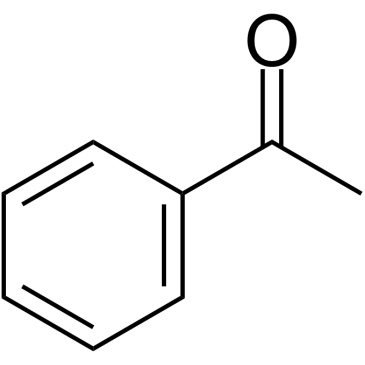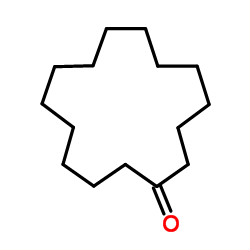| Structure | Name/CAS No. | Articles |
|---|---|---|
 |
Acetophenone
CAS:98-86-2 |
|
 |
Cyclopentadecanone
CAS:502-72-7 |